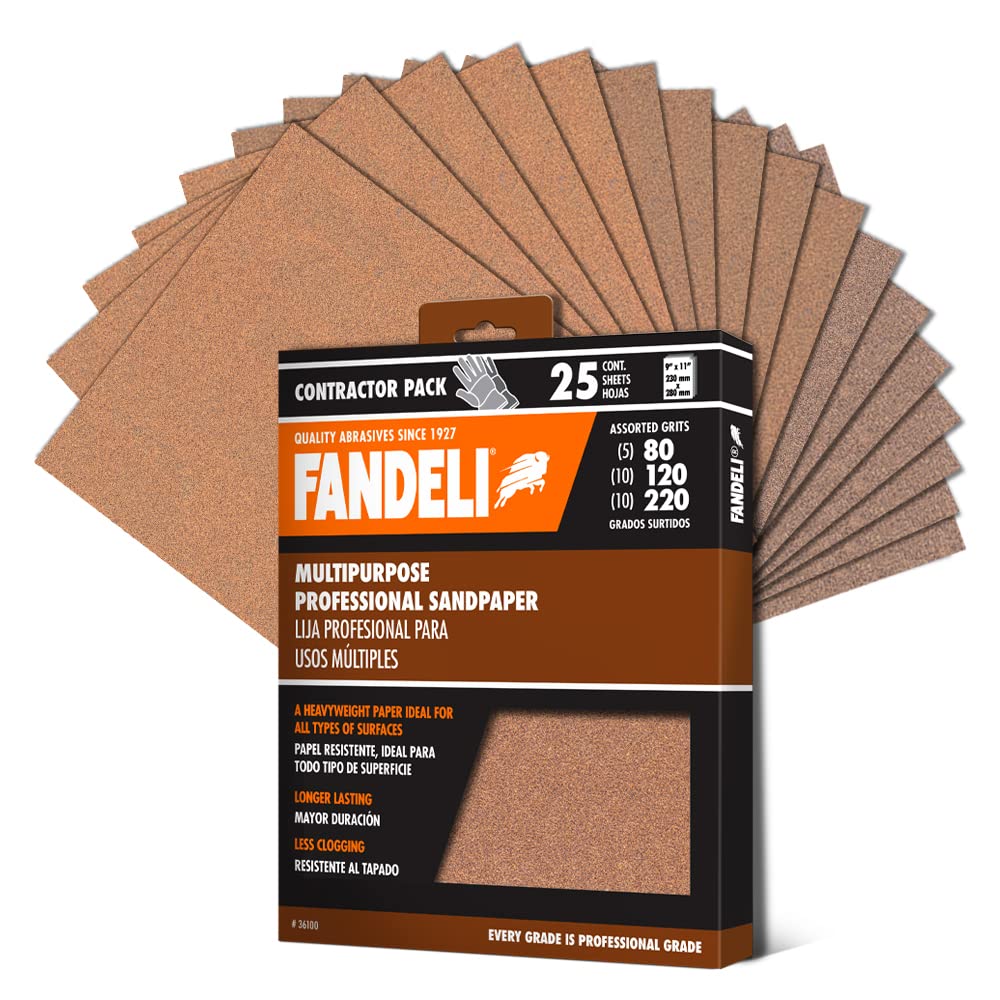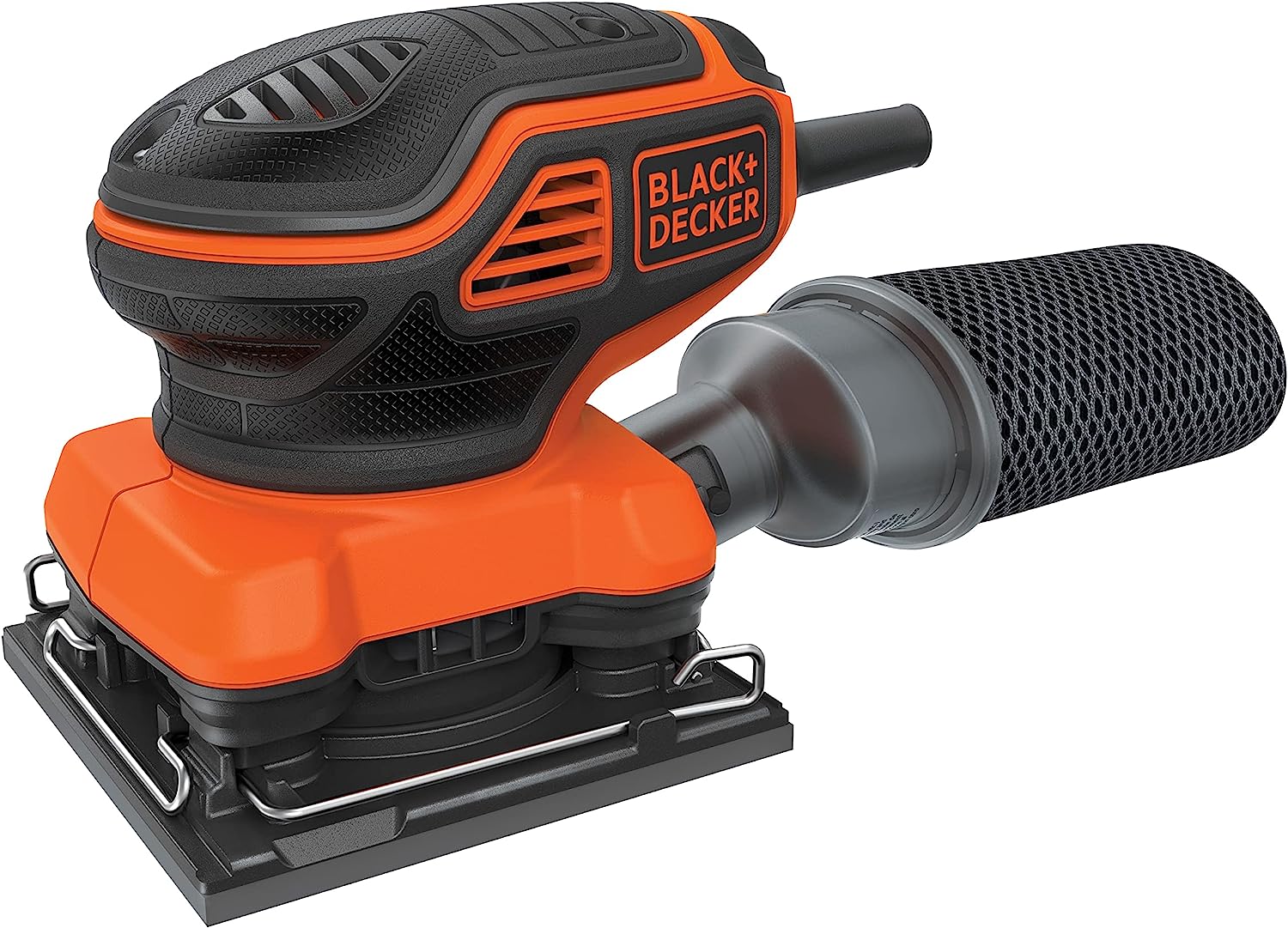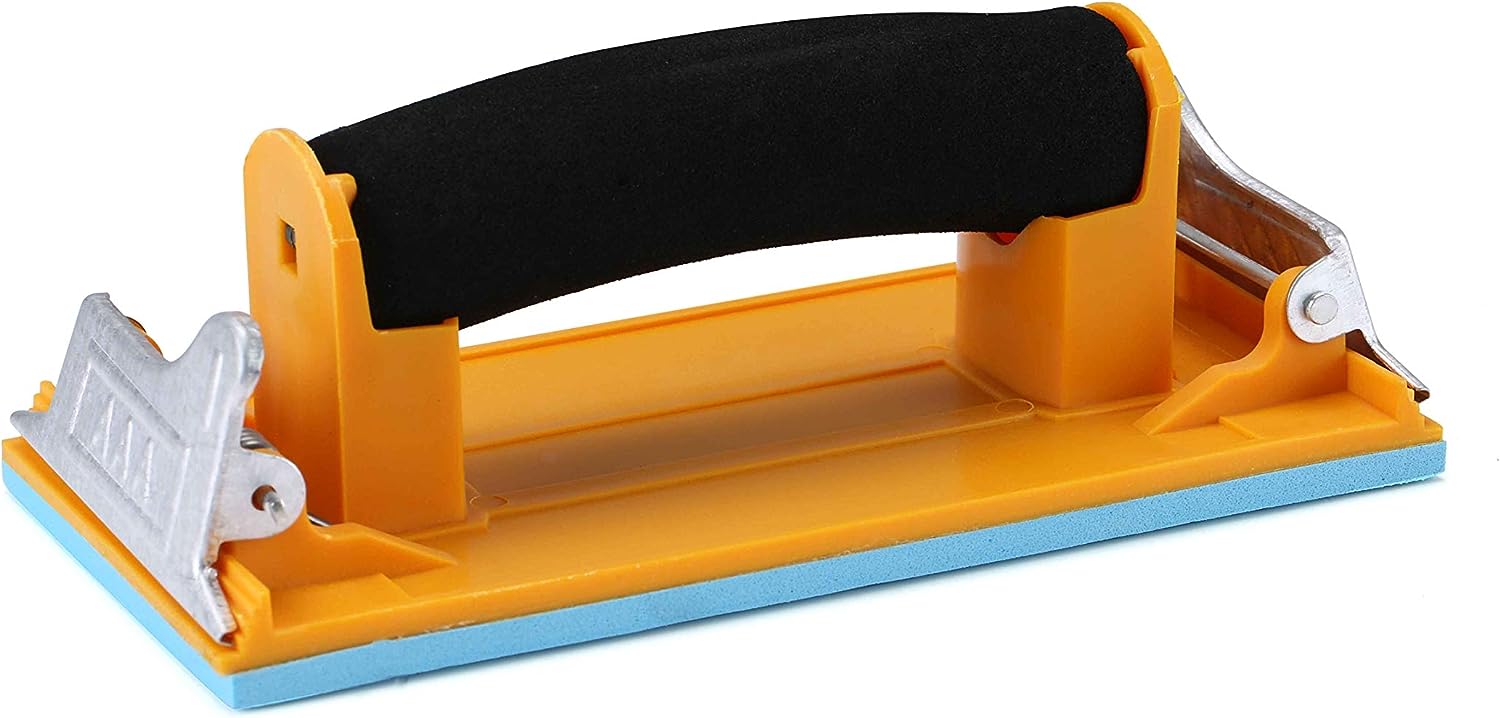The Right Sandpaper for the Job: Furniture Edition
When it comes to refinishing furniture, sanding is an essential step in achieving a smooth and professional finish. However, not all sandpaper is created equal. Choosing the right sandpaper for the job can make a significant difference in the final result. In this article, we will explore the different types of sandpaper available for furniture refinishing and provide valuable insights on how to select the best option for your specific project.
The Basics of Sandpaper
Sandpaper, also known as abrasive paper, is a versatile tool used for smoothing surfaces by abrasion. It consists of a backing material coated with abrasive particles. The abrasive particles, or grit, determine the sandpaper’s aggressiveness and its suitability for different tasks.
The grit size of sandpaper refers to the number of abrasive particles per square inch. The higher the grit number, the finer the sandpaper. Fine grit sandpaper is ideal for finishing and smoothing surfaces, while coarse grit sandpaper is better suited for removing material and shaping surfaces.
The Best Sandpaper for Furniture

Fandeli Multi-Purpose Sanding Paper

BLACK+DECKER 2.0 Amp Electric 1/4 Sheet Orbit Sander

Aouker HS85180 Hand Sander
Types of Sandpaper
There are several types of sandpaper available, each with its own unique characteristics and applications. Let’s explore some of the most commonly used types:
1. Aluminum Oxide Sandpaper
Aluminum oxide sandpaper is one of the most popular choices for furniture refinishing. It is durable, long-lasting, and suitable for a wide range of materials, including wood, metal, and plastic. This type of sandpaper is available in various grit sizes, making it versatile for both rough sanding and fine finishing.
2. Silicon Carbide Sandpaper
Silicon carbide sandpaper is known for its exceptional cutting ability and is often used for sanding hard materials such as glass, ceramics, and stone. It is also suitable for sanding metal surfaces. Silicon carbide sandpaper is available in both wet and dry forms, making it a versatile option for different applications.
3. Garnet Sandpaper
Garnet sandpaper is a natural abrasive that is commonly used for woodworking projects. It is less aggressive than aluminum oxide or silicon carbide sandpaper, making it ideal for delicate surfaces. Garnet sandpaper is available in various grit sizes and is known for its excellent finish and minimal clogging.
4. Wet Dry Sandpaper
Wet dry sandpaper, as the name suggests, can be used both wet and dry. It is typically made with silicon carbide grit and is suitable for a wide range of applications, including automotive refinishing, metalworking, and woodworking. Wet dry sandpaper is highly durable and can withstand water and other liquids without losing its abrasive properties.
Choosing the Right Sandpaper for Furniture Refinishing
Now that we have explored the different types of sandpaper available, let’s delve into the factors to consider when choosing the right sandpaper for furniture refinishing:
1. Material
The type of material you are working with will play a significant role in determining the appropriate sandpaper. For wood furniture, aluminum oxide sandpaper is a popular choice due to its versatility and durability. For metal furniture, silicon carbide sandpaper is more suitable for its cutting ability. Consider the material you are working with and choose the sandpaper accordingly.
2. Grit Size
The grit size of sandpaper determines its aggressiveness and the type of finish it can achieve. For rough sanding and material removal, a coarse grit sandpaper such as 60 or 80 grit is recommended. For smoothing and finishing, a finer grit sandpaper such as 120 or 220 grit is more appropriate. Consider the level of sanding required and choose the grit size accordingly.
3. Project Requirements
Consider the specific requirements of your furniture refinishing project. If you are looking to remove old paint or varnish, a more aggressive sandpaper may be necessary. If you are aiming for a smooth and polished finish, a finer grit sandpaper will be required. Assess the project requirements and choose the sandpaper that best aligns with your goals.
4. Sanding Tools
The sanding tools you plan to use also play a role in determining the appropriate sandpaper. For hand sanding, sandpaper sheets or sanding blocks are commonly used. For power sanding, sandpaper discs or orbital sander pads are more suitable. Consider the sanding tools you have available and choose the sandpaper that is compatible with them.
Conclusion
Choosing the right sandpaper is crucial for achieving a professional and flawless finish in furniture refinishing projects. Understanding the different types of sandpaper available and considering factors such as material, grit size, project requirements, and sanding tools will help you make an informed decision. Whether you are working with wood, metal, or other materials, there is a sandpaper option that will suit your needs. So, next time you embark on a furniture refinishing project, remember to select the right sandpaper for the job and enjoy the satisfying results it brings.



















